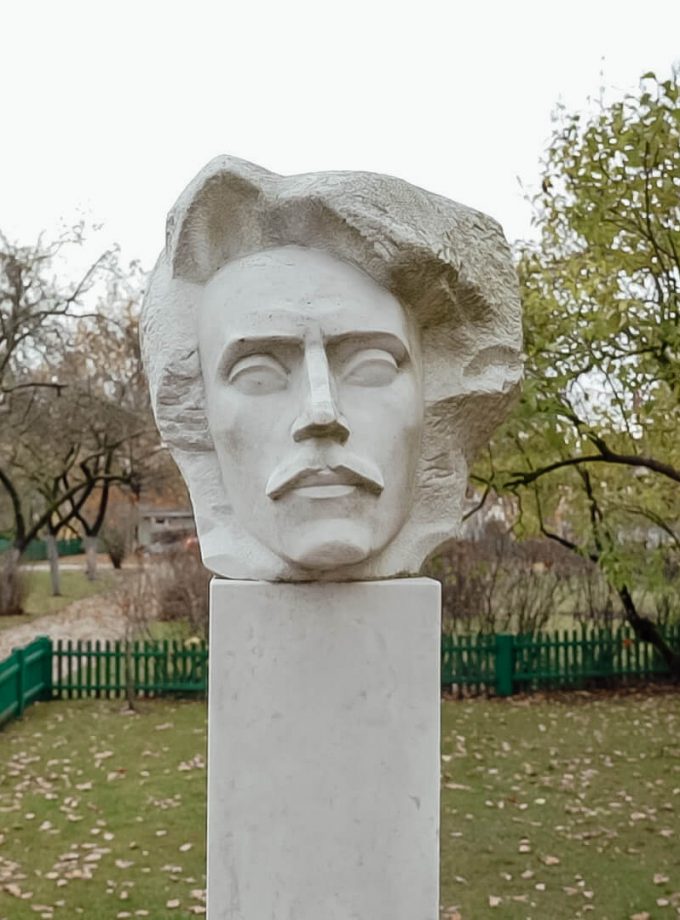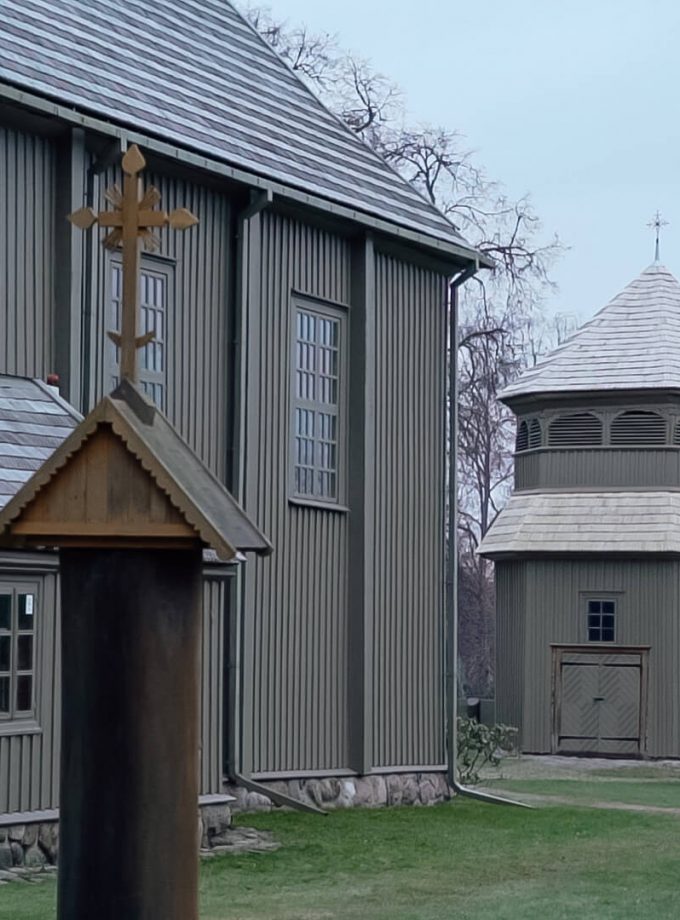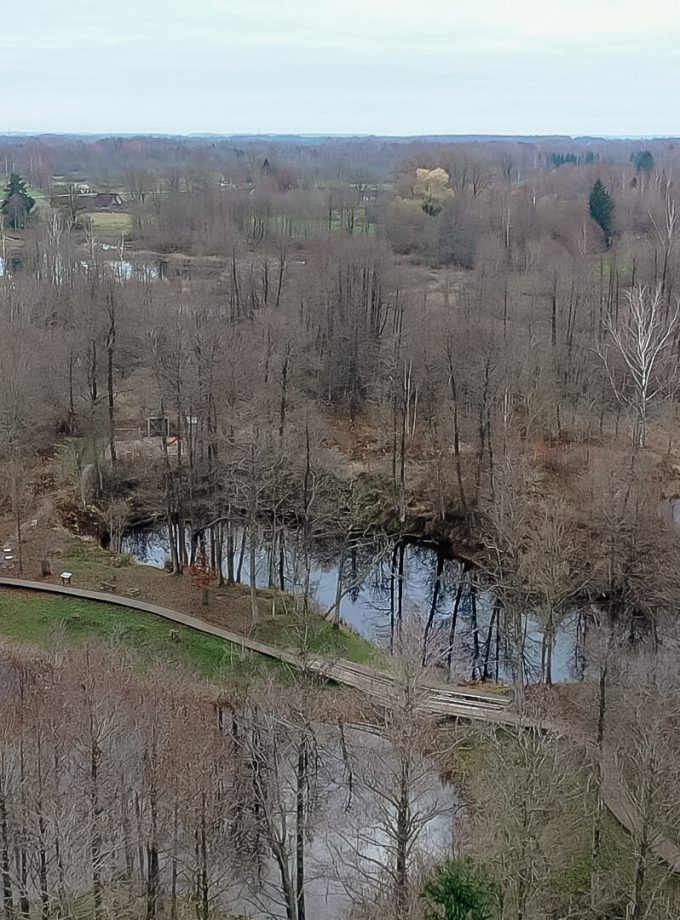Tasting tour: Who will win – dumplings or Hagi?
Driving towards Northern Lithuania, we will first visit Kėdainiai located in the center of Lithuania. Kėdainiai is an exceptional city in central Lithuania, located on the opposite side of its slope, the sixth largest river in Lithuania – Nevėžis. It is one of the seven cities in Lithuania with a cozy, beautiful and compact old town. The legacy of various cultures and other unique objects in Kėdainiai region will inevitably leave great impressions.
We will visit Kėdainiai Old Town, which is sometimes called an open-air museum with a rich history of the city. The old network of streets, shopping squares, have survived here. sacral, residential, public since buildings 15th-19th centuries.
In Kėdainiai we will visit the Evangelical Reformed Church. The 17th c. details: oak pulpit, richly ornamented with intricate carvings, oak panels in the side niches and an impressive chandelier. Due to its majestic architecture, this church was called a cathedral. The mausoleum of the Radvila family was founded under it.
We will visit the first square of Kėdainiai market, as the name of the Old Market got its oldest market place. It is believed that the first town hall stood here. next to which stand synagogues reminiscent of trading times. In Kėdainiai we will see the only Džiazo street in Lithuania, which the people of Kėdainiai call “Džiazova”, so it is necessary for jazz lovers to visit here.
We will see Kėdainiai Light Gymnasium or Gymnasium Illuster in Latin. It was founded in the 17th century. It was taught by renowned European researchers, and curricula were developed using state-of-the-art methods. The owners of the town sought to establish a Protestant high school here, so the decoration of the gymnasium is the inner courtyard under a glass dome, surrounded by arches, often reminiscent of Vilnius University.
After an excursion around an unforgettable city, which we will miss even before we have left, we will travel to taste a dish typical of the Lithuanian region of ancient times – dumplings. You will taste dumplings, with which we make as many as 15 types here, you will hear about the traditions of their production, while remembering the old Lithuanian customs.
Or
Kėdainiai stands out from all Lithuanian cities in that the largest Scottish community lived here in the time of the Radvils. The Scots are no longer in Kėdainiai, but their traditions are still alive. So we invite you to probably the only place in Lithuania where you can taste the Scottish “Haggis”. It is a traditional Scottish dish about which a Scotsman would admire that he is nothing more than a mythical creature, a stamen, hard to hunt for its unspoken cunning. In fact, hagi is a sheep’s stomach stuffed with minced liver, lungs, and heart. And for this sophisticated dish, Berns has written an ode (To a Haggis), the performance of which is the culmination of the program. Let’s not miss the opportunity to taste Haggis!
We will continue to Pakruojis manor in the Pakruojis region in the northern part of Lithuania, famous for its dolomite mines, deep brewing traditions, cuisine of nobles and nobles, and unique stories. Most Lithuanians with the surroundings of the manor are familiar from the legendary marches of the legendary folk hero and “equalizer of the world“ Tadas Blinda, which originated in this region. The Pakistojis manor in the classicist style is the largest surviving manor house complex in Lithuania, included in the Lithuanian Register of Cultural Heritage Objects and entered in the Lithuanian Record Book as the largest protected manor house in the monument.
The ensemble of Pakruojis manor homestead differs stylistically from other Lithuanian manors. Here we will see the most impressive and largest building of the manor house – an ornate two-storey palace, standing in the middle of the park. Landscape of the manor park, the structure of which dates from the 19th century. surviving to this day, formed according to the English tradition. The ensemble of the manor homestead is decorated with a unique arch bridge over the Kruoja River. There are only two bridges of this style in Europe. This bridge is the only dolomite building of late classicism in Lithuania and it is one of the most suitable places for romantic walks. Every year, Pakruojis Manor invites visitors to its flower sculpture or large Chinese lantern festivals.































